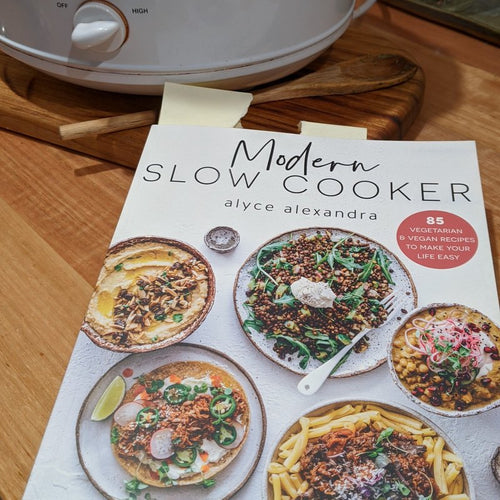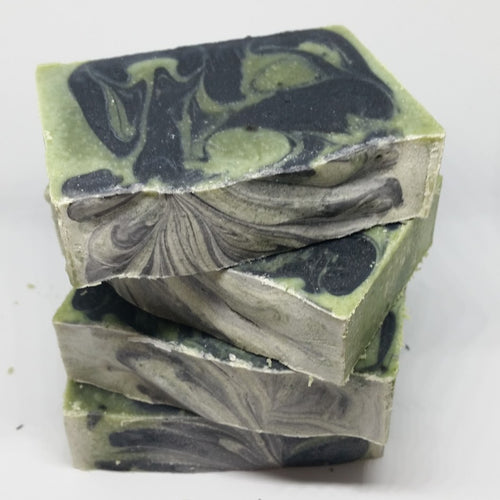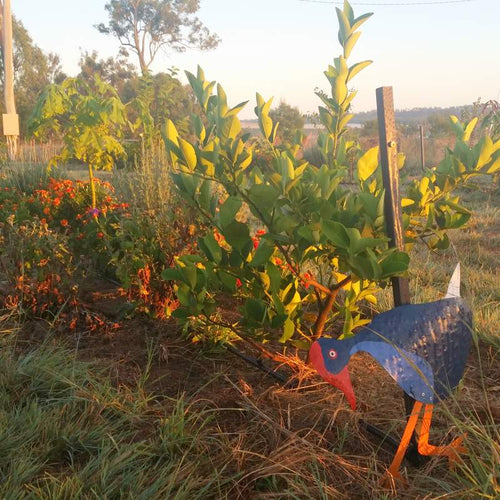The Biological Farmer - book review

While biological agriculture shares many philosophies with organic agriculture, they are not the same thing. Like organic agriculture, biological agriculture focuses on soil fertility and working with natural systems, however biological agriculture also uses limited amounts of synthetic chemicals where they will help the soil to rebuild.
This may seem a contradiction, but when you get into the detail it does make sense. Its fairly obvious that all synthetic herbicides and pesticides will damage natural systems and these are not recommended by biological agriculture, however, certain synthetic fertilisers can help to balance soil minerals and feed soil microbes. Biological agriculture is a way to transition from chemical agriculture to organic agriculture without losing too much productivity.
Six rules for biological agriculture
- test and balance soil - replace deficiencies and provide for the crop, replace major elements and then trace elements, restore soil biology
- use fertilisers which are life-promoting and non-harmful - some fertilisers are better than others
- use pesticides and herbicides in minimum amounts and only when really necessary - a few weeds in a forage or hay crop don't matter, but for cash crops it will depends on customer requirements, use tillage to control weeds where possible
- use a short rotation - change crop type every 1-2 years, or don't use a monoculture (particularly for forage)
- use tillage to control decay of organic material and to control soil air and water - organic matter (green manure or animal manure) must be tilled into the soil to a shallow depth to enhance decay, also use optimal calcium and soil biology to improve aeration
- feed soil life - major elements, plant material, manures and legumes (nitrogen) and then fine-tune with 'biological' inputs such as seaweed, fish emulsion, inoculants etc.
The Secret to Biological Farming
Gary says "the secret to biological farming is to use crops, soil life and fertilisers to make more minerals available to future crops". Another important point is that yields from biological farming may be lower than yields from chemical farming, but the input costs are also lower. The main problem with chemical farming is that the input costs will always increase. As natural fertility is degraded, more synthetic fertiliser, more herbicide and pesticide is required to achieve the same yield. In biological farming, the natural fertility increases each year and the input costs decrease.
Have you tried any of the concepts from biological agriculture? What do you think?






















Leave a comment